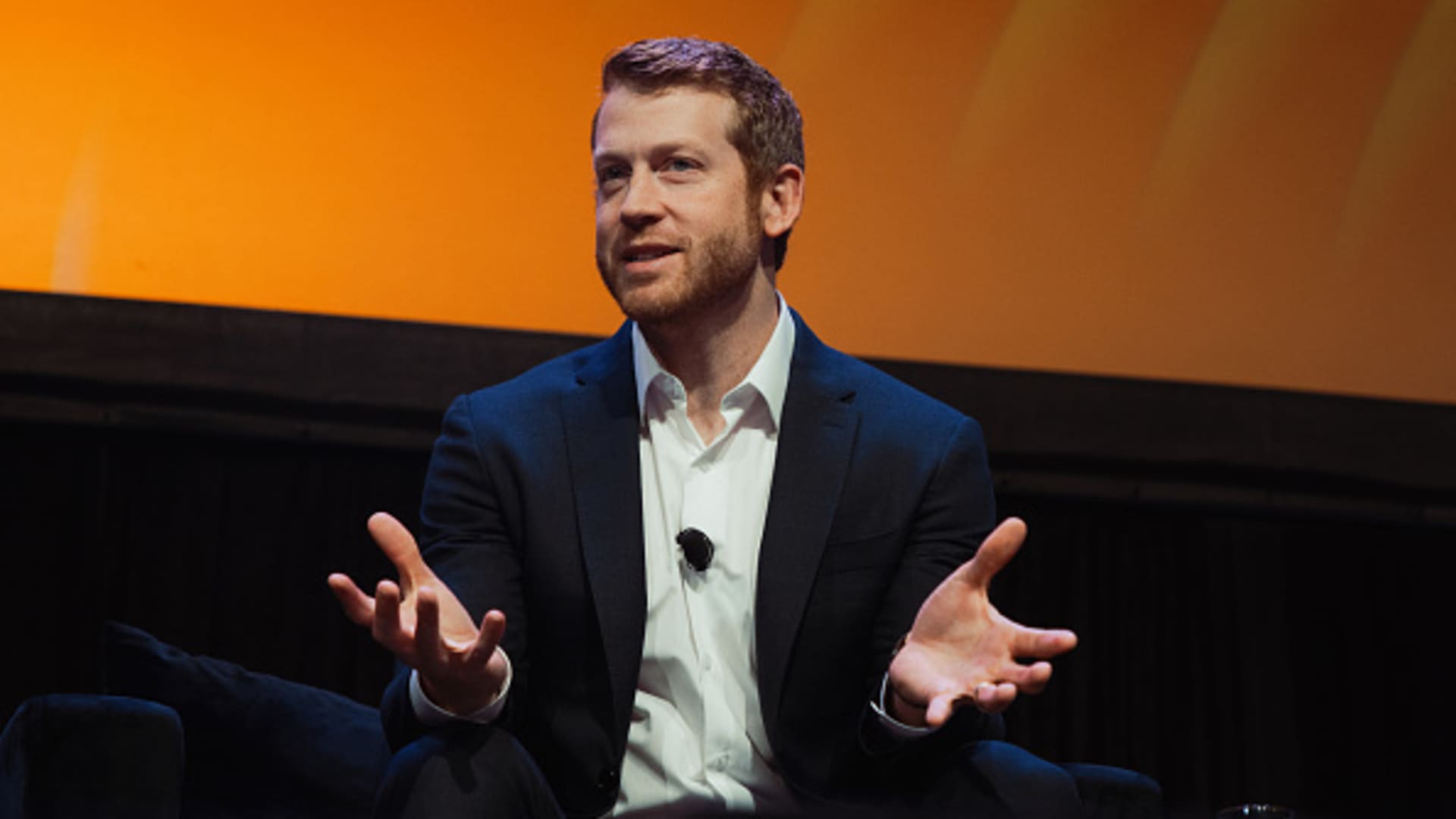Drago is a 3D perception guru with tons of deep learning expertise, like the Inception Net. His expertise is more mapping and modeling using deep learning, not sensors. And never on a podcast will a person showcase the pain points of their system. Of course data is great, more data is good, nothing is wrong with more data. If you know the architecture of the Inception Network (a paper he was a contributor), it gets filters at different scales at multiple parallel blocks to get more information at those scales, very analogous to the approach of using more data by Waymo.
For deep learning, we usually don't care what data we have, just as long as we have labeled data and from a wide array of sources (multimodal like LiDAR and RGB). And this becomes the downfall of data driven analysis: we care about the scores and metrics we aim to achieve (99% accurate), not so much addressing any possible problems, like hitting children in simulations and test (1% failure case).
I don't disagree that having LiDAR can make your models better, as shown in many publications. Data driven models is based on how much data you have and your model will work best in that distribution of data. Whenever you have fringe cases, you model will not work well. This is due to data imbalances, meaning your model really works well on stuff it has seen and not generalized to other cases. It is those special cases that you will not have enough data to train your system and have failures in them.
The specific case that I'm highlighting is how object reflectance and surrounding reflectance plays a heavy role in making objects disappear in LiDAR. There is actually a case where LiDAR has missing data. How many training instances do you have a child in front of a road sign or a car as compared to vast amount of autonomous driving data? Therefore, do people know the failure points of LiDAR? Only when you know how your sensors fail will you know how to best train the models, or at least gather the data necessary to rectify the problem.
Prediction and planning is the same thing. Unless you understand the pain points in your detection models, you may not be able to address route planning and just propagating error down the pipeline. How is the object being detected? Detect vs classify? Is there some sort of suppression algorithm to remove false positives across multiple frames? Was the detection too late? How does you prediction/planning responded to detections? Does your prediction/planning include responding to misdetections (phantom braking)? I'm just trying to figure out why this problem could exist in their architecture and not assuming anything in the system works perfectly.






